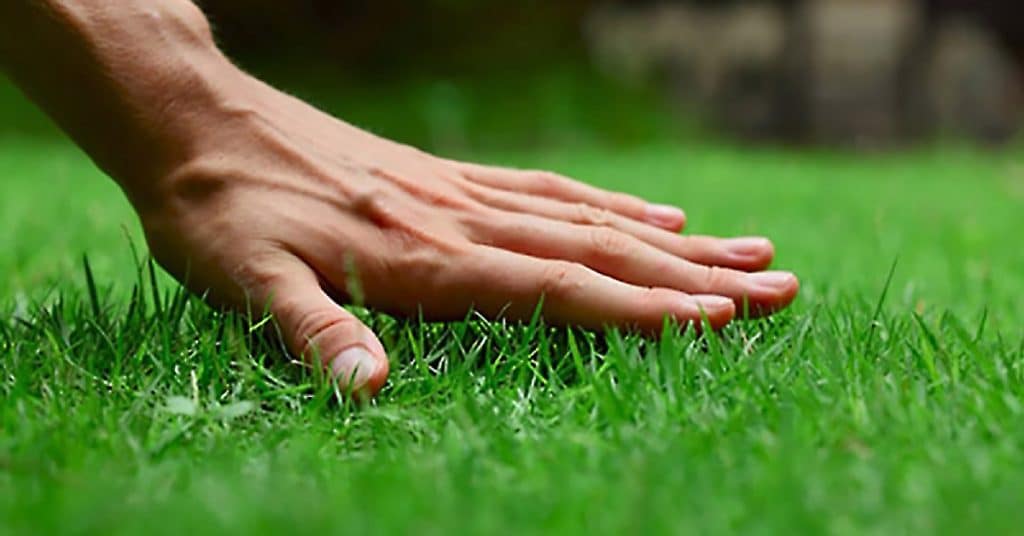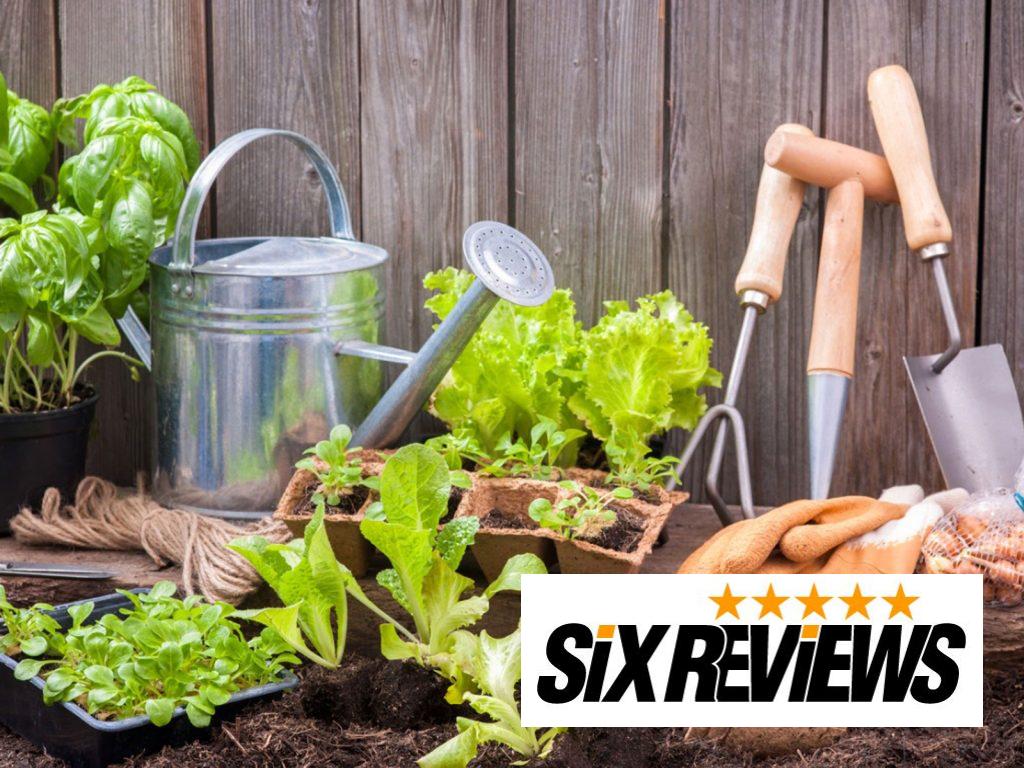Gardening takes a little while to get good at while being easy to get into. It’s not just a matter of taking up some free space in your garden, fertilizing the ground, and scattering seeds around. Before you find and perfect them, you are still best off executing some determined tactics. Many plants, for example, communicate with each other in multiple ways that can assist or impede them from developing and producing fruit.
Companion Planting advantages in Your Backyard
You use a procedure called partner planting as you match up those plants with each other in your garden to help them grow more or shield each other from diseases and pests. There can be several advantages to this approach: [1]
- By growing more plants in the same amount of land, you conserve space.
- Stronger plants can protect vulnerable plants from weather changes.
- One plant may discourage the pests of another plant or attract bees and other beneficial insects.
- Companion planting diversity helps reduce the spread and consequences of pathogens.
- Weeds have less space to expand and less tedious work to do.
- Tackle soil erosion while retaining moisture

Best Plant Pairs
1. Cucumbers and Nasturtiums
Nasturtiums boost the cucumber’s taste and health, but also protects plants and deter aphids that can damage various vegetables. Other than that, this flower’s leaves and petals hold lots of vitamin C and are a vibrant complement to a green salad that’s fresh and leafy.
2. Chives and Flowers
For several garden plants, chives are a decent fit, but they do wonders when planted next to roses. Chives[2] are the perfect protection from black spot disease and Japanese beetles, which otherwise inflict serious harm to a blooming rose. When you put chives near rose bushes, even general production is positively influenced. Chives have a milder onion flavor and can be sliced and added to sour cream dips or assorted salads.
3. Tomatoes and Asparagus
People preparing to give asparagus and tomatoes a go may place them together as companions in their garden as well. Asparagus bears a certain chemical that is fatal to nematode [3] which prohibits tomatoes from developing as they should. Tomatoes, on the other hand, include solanine, another compound that scares away asparagus beetles.
4. Melons or Squash and Flowering Herbs
Since there are many helpful insects that help your garden out, companion cultivating is not only about driving insects away. Squash and melons need pollinators to bear fruit like bees, so don’t forget to plant nearby flowering herbs like dill and fennel. [4]
5. Basil and Peppers
If planted next to peppers, basil[5] suppresses insect, mosquito, aphid, and spider mite numbers. That’s only one of the advantages, though. When harvest begins to approach, basil will also stimulate the growth and taste of peppers.
6. Green Beans and Savory for Summer
This is a pair that look fantastic on your dinner plate as well as on the field. Growing both sides by side as a partner has many advantages, as savory holds away Mexican bean beetles, but also enriches the beans’ flavor. [6] When harvest time rolls along, sow them together and eat them together too.
7. Broccoli and Marigolds
You might know this partner pairing already, but most likely, you always thought about what made it so great. It seems that very little calcium is needed for marigolds, and a lot is required for broccoli. [7] Marigolds also lend your home garden some energy but also keep out pesky insects.
8. Chamomile and Cabbage
When the flowers are used for tea, Chamomile, which is most common, draws valuable bugs into your garden and preserves vegetables like cabbage. Do not forget to cut the chamomile after you pluck your cabbages from the garden, and if you are not in the mood to dry the flowers for tea, just scatter it out to enrich the soil for the next time you plant your vegetables.

Conclusion
Gardening in itself can be an ideal way to keep active and a rewarding activity. But if you spend too much time and money putting together your garden, you still want to reap the fruit of your labor. Your motivation can be weakened by bugs, pathogens, and low yields, so don’t forget to check out these partner pairings. Offer your garden an even greater chance of success by doing so. And you’ll be rightfully proud of yourself when you actually start harvesting all the things you worked so long to have.
[1] https://www.southernexposure.com/blog/2017/04/7-benefits-of-companion-planting/
[2] https://www.gardeningknowhow.com/edible/herbs/chives/chive-companion-plants.htm
[4] https://www.countryliving.com/gardening/news/g4188/companion-planting/
[5] https://www.treehugger.com/lawn-garden/companion-plants-grow-your-peppers.html
[6] http://www.organicgardeningtips.info/a-blessing-to-the-soil-companion-plants-for-beans/
[7] https://www.thespruce.com/companion-plants-for-broccoli-2540037

Zombie nerd. Entrepreneur. Unable to type with boxing gloves on. Hardcore food lover. “You’re not a real man until you’ve loved a woman who does a little dance before she pushes out a fart.”

